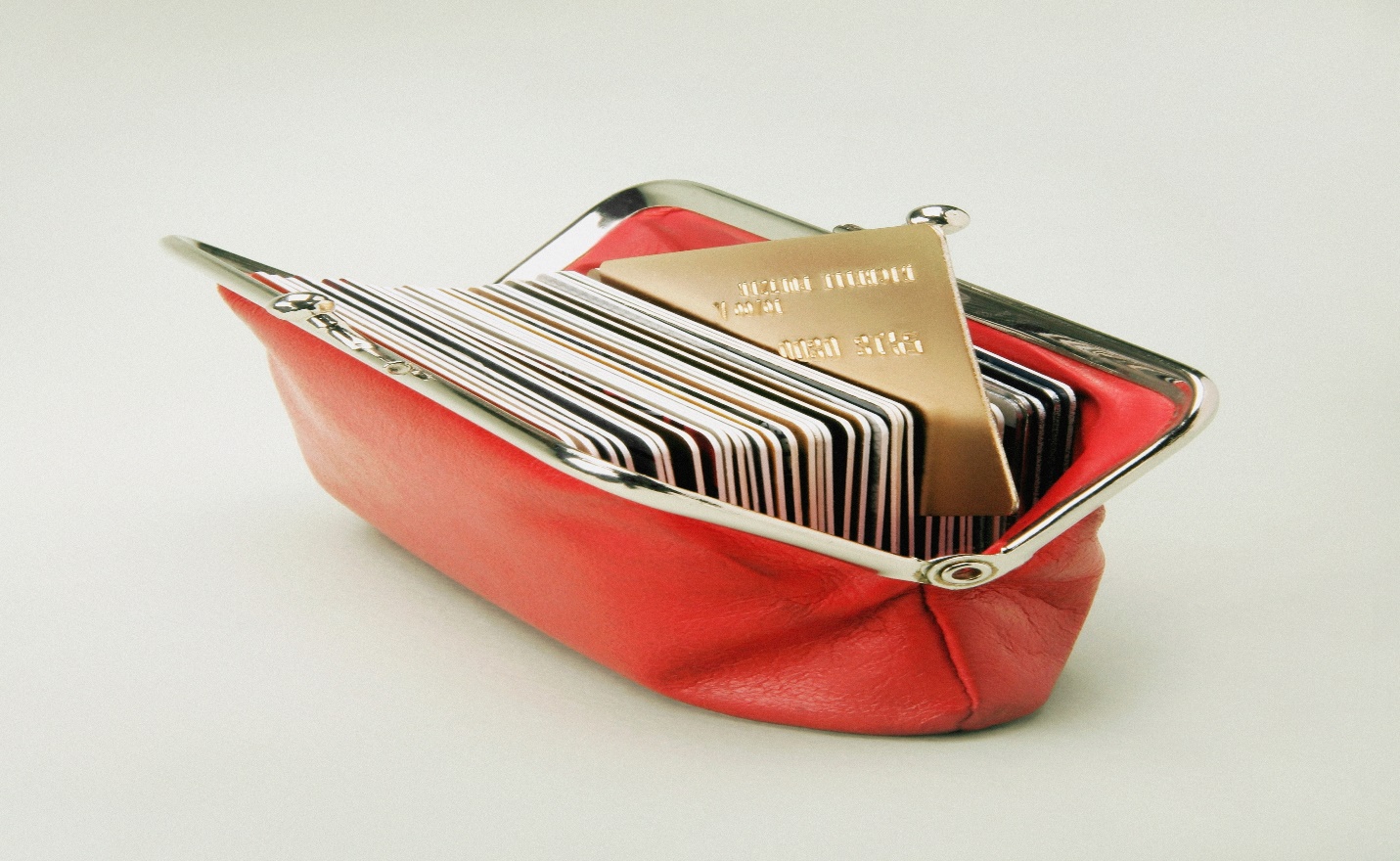A financial budget is the foundation for good money management. It allows you to track your income and expenses, prioritize how you will spend, and save for future goals. However, making a budget can be really hard, especially when the process is not clear, or you have struggled with it before. This article provides practical tips and tricks on how to make a budget work for you, customizing it according to your lifestyle and financial goals. Let's look at how you can make budgeting work for you.
A Budget: Understanding Why It Matters
A budget is way more than just a list of expenditures-it is actually your roadmap in the financial decisions that you make. It will save you from overspending, building emergency funds, and achieving long-term goals, like buying a house or retiring comfortably. In fact, research shows that 86% of budgeting users report feeling more in control of their finances, which shows how much difference budgeting could make for one's financial well-being.

Step 1: Know Your Financial Position: Prior to making your budget, take some time to get to know where you stand financially. This encompasses two things:
- Calculating Your Income: All sources of income would include the likes of your salary, freelance earnings, rental income, or whatever side gigs you may be doing. Just make sure to use net income after tax and other kinds of deductions for accurate accuracy.
- Listing Your Expenses: Create a breakdown for the nature of expenses: some are fixed (lease or mortgage, insurance, etc.) while others are variable (such as groceries, leisure activities, eating out). It's important to be candid with yourself in how you spend money, so you don't create an unrealistic budget.
- Debts and Savings Analysis: You must check your debts like the credit card balance or loans. Then ensure that you evaluate the savings in place for emergencies. Experts hold that an emergency fund should have three to six months' worth of expenses for maximum financial security.
Step 2: Achieving Your Financial Goals
Your budget must be founded on your financial goals, which you can divide into short-term, medium-term, or long-term categories.
- Short-Term Goals: For instance, clearing a credit card or saving money for a vacation, and putting together an emergency fund.
- Medium-Term Goals: Creating funds to buy a car or building savings for the down payment on a house or launching a business.
- Long-Term Goals: Retirement savings, paying off a mortgage, or funding for your child's college education.
Realistic goals can make budgeting easier and more motivating. For instance, if your target is to save a down payment amount of $5,000 within one year for a car, you can target to save $417 per month. In that way, you can make the target look achievable.
Step 3: Choose A Budgeting Method That Best Fits Your Lifestyle
There are various budgeting techniques, but what's most important is to find the one that best fits your needs. Here are some of the most popular ones:
- 50/30/20 Rule: This rule is basically recommending you to use 50% of your income to pay for needs, 30% to pay for wants, and the remaining 20% must be saved or put towards debt. This is a flexible approach that ensures your savings and debt repayment remain in tune with your desire to live life to the fullest.
- Zero-Based Budgeting: As for this system, each dollar of your money will be assigned a purpose, either spending, saving, or paying off some debt. Your income minus your expenses should be zero. This is apt for the person who wants to account for every cent.
- Envelope System: It uses cash for specific spending categories, such as groceries or entertainment. You put cash into envelopes for each category and you can't spend any more in that category for the month once an envelope is empty. The envelope system is always helpful if you are struggling with overspending.
- Application Backed Budgeting: Budgeting apps such as Mint, YNAB (You Need A Budget), or PocketGuard can automatically track one's expenditures and how one spends. They are good for techie people who like a digital way of maintaining a budget.

Step 4: Monitor and Adjust Your Budget
A budget is not something that you make once and forget about. There is a need for frequent monitoring and adjustments. Do this:
- Track Your Spending Weekly or Monthly: You compare your actual expenditure against the budgeted amounts. Areas of overspending or underspending need to be adjusted accordingly. Change Your Budget When Income or Expense You get a promotion, you start something new, pay off a loan, update your budget to reflect the changes. Life's circumstances change, and your budget should too.
- Review Your Spending Pattern: Now you take at least a close look at the spending categories where you spend too much. Probably, dining out takes up more than you thought. Cook at home more often.
Step 5: Debt Reduction
Debt may help to restrain your ability to save or reach other financial goals. The most sensible choice would be to pay off the high-interest debt first. It can be credit card balances that will need to be paid first. Another one would be the snowball method-to pay off the smallest debt first for quick wins.
According to the Federal Reserve, an average American household carries more than $7,000 worth of credit card debt. Paying off debt does more than keeping you in good books on paper with a favorable credit score; it also liberates funds into savings and investments.
Developing Emergency Fund
Emergency fund forms a fundamental part of a healthy budget. In its absence, you might go back to borrowing on your credit cards or even get loans for a situation you didn't expect; hence the risk of getting debt. For most people, the amount saved should be equivalent to three months' expenses. You can start saving a small percentage of your income and increase that over time.
Useful Tips to Follow Your Budget Successfully
One will stay on track with automatic savings transfer and paying bills; besides, one is saving money from late-payment fees that can pile up very fast.
- Avoid Impulse Purchases: For things you do not need, construct a period of cooling before purchases. Delay it 24 hours then decide if really necessary. Sometimes such a step can save the day from impulse spending.
- Spend Your Discretionary Money in Cash: In case you really struggle to limit discretionary spending in certain areas, you can try the cash envelope system, such as separating expenses like eating out or entertainment into cash-only envelopes. Carrying cash may make you feel more conscious of your spending.
- Celebrate with Progress Points: You hit milestones. You notch small wins. If you hit a savings goal or pay off a debt, reward yourself in some way. It's the good reinforcement that keeps you pumped.

Measuring Success: Actual, Everyday Metrics
Budgets matter. Measurably so in terms of financial health. For example, only 41% of Americans use a budget, said a U.S. Bank study, but those who do it significantly are more likely to get where they want financially.
National Endowment for Financial Education explores that households with a budget are 20% less likely to experience financial stress.
People who monitor their expenditures and those with the tendency to modify their budget over time are more likely to save a larger percentage of their earnings than people without this sense of caution-better a percent of 10%.
These statistics indicate that budgeting is not just saving or monitoring one's expenditure but a tool for the formulation of a stable financial future.
Implications of Budgeting to Manage Finance
Creating a budget that works takes time, but the rewards are well worth that. Analyzing your current financial situation, being realistic about what you can achieve, and selecting the right budgeting method allows you to change your plan with changing circumstances. As you manage your expenses, you will find control of your finances, relieving financial pressure. Budgeting is a process: watch for how much you're improving, celebrate the successes, and continue along the path.





